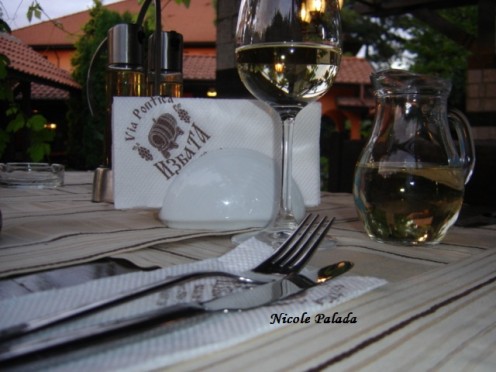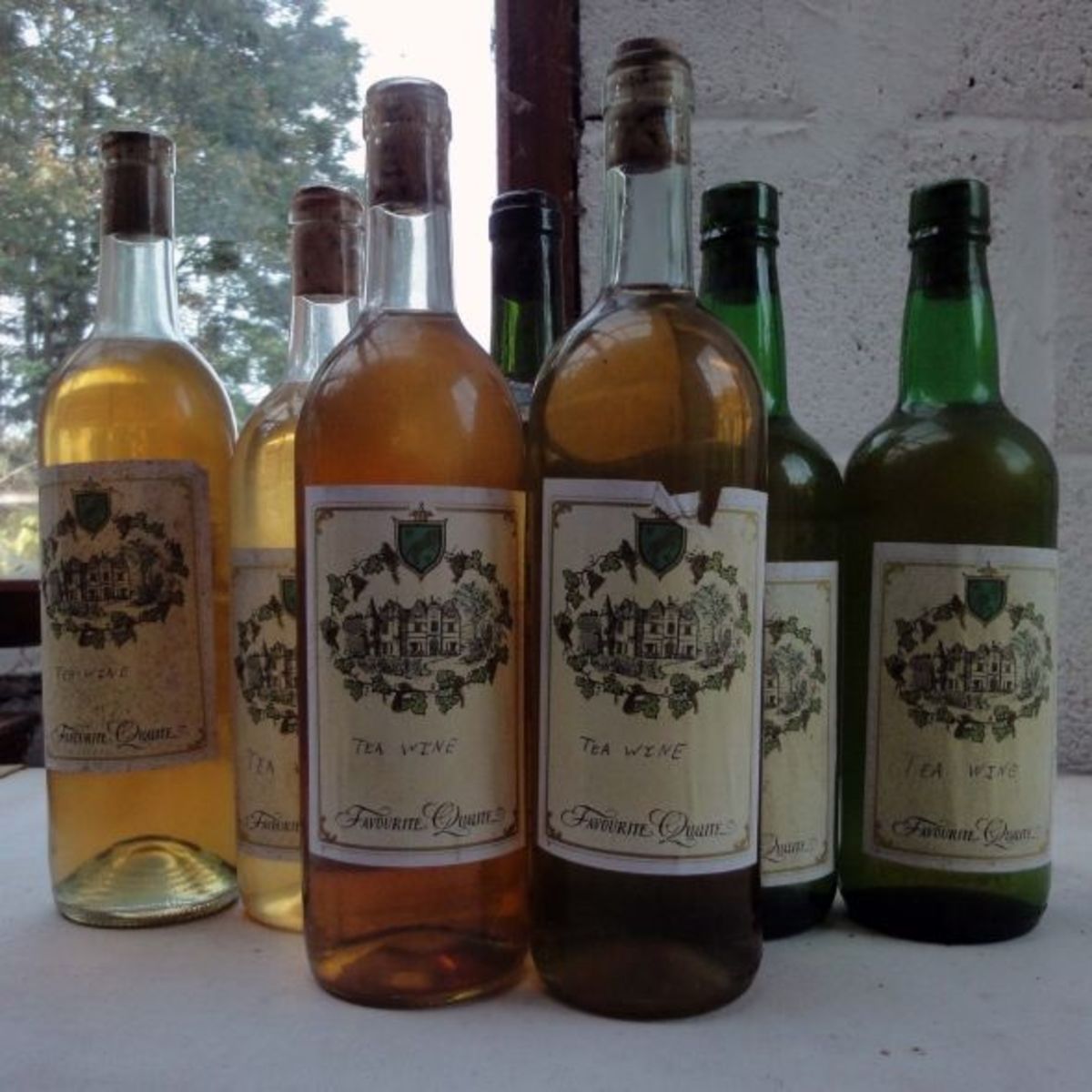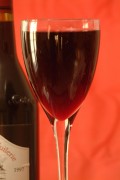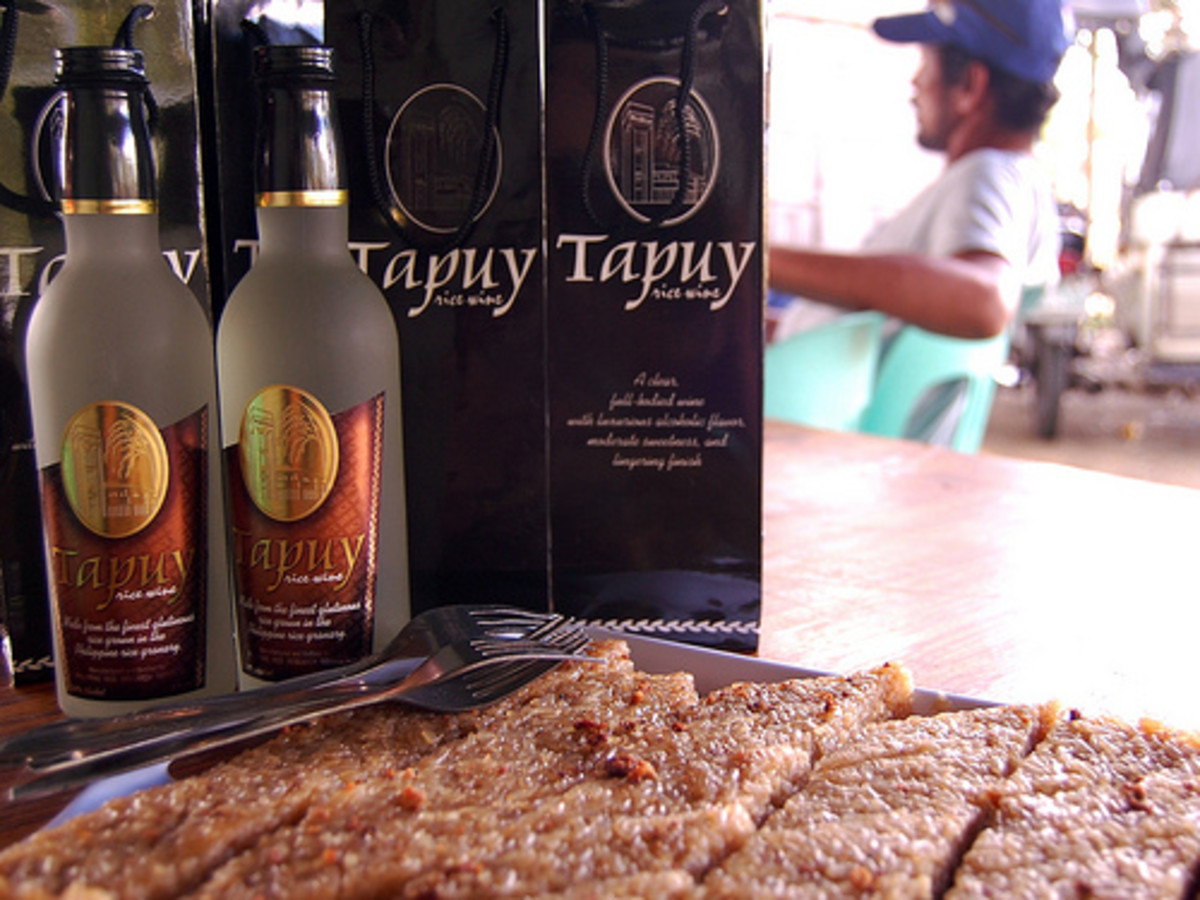Wines Are To Be Savoured Rather Than Drunk Or How To Taste Wine Correctly
Learn To Appreciate Wine Qualities
Wine has always been, is and always will be an amazing beverage. It can bring you an entire range of sensations. It can besmooth or quite sharp and crisp. Therefore wines are to be savoured rather than drunk; wines are to be treated with care and without haste.
The color of the wine can indicate its age, which in turn determines the wine’s taste
First of all, one must note the color of the wine or, as tasters call it, the “dress”. Each brand has its own color, with a unique sparkle. A good wine is clear and clean, has no sediments and is not dull. The color of white wines is best appraised against an immaculately white background, holding the glass at a certain distance from the eyes. For example, the glass can be held against the sleeve of a white shirt or placed on a table covered by a white cloth. Red wines have to be examined against a source of light—a window, lamp, or candle. The color of the wine can indicate its age, which in turn determines the wine’s taste. As years pass red wines become lighter, acquire a brownish-reddish shade, while white wines on the contrary become darker:
- light-shaded wines are almost colourless and are usually produced in regions with a cool climate; greenish wines are more tart, while yellow ones have a smoother, fuller taste;
- the dark whites are characteristic of dessert wines or those made of very ripe or over-ripened grapes and kept in barrels for a long time. Such wines have golden, honey, and amber shades of color.
Young red wines are characterized by a colour palette ranging from rose to purple; the more aged wines have a deep-red, ruby-red, pomegranate, blue-red or black-red dress. The depth of the color betrays the concentration of tannin, which could render the wine tart. The range of rosé wines varies from light-rosé to light-red.
Wine Tasting Tips : Color in Wine Tasting
How to assess the wine’s viscosity
In order to assess the wine’s viscosity, the glass has to be slightly shaken in order to observe how the wine flows down the glass. If it flows down quickly, then the wine is agile and therefore belongs among light, table varieties. If however it lingers on the glass, this means that the wine has a high glycerin and sugar content. Some wines leave stripes on the glass—they are called “legs” or “tears”. This used to be considered a sign of high quality, while today it has been shown that the legs are determined by the surface tension of the liquid and volatility of alcohol. The stripes thus indicate a high alcohol content of the wine.
Wine Tasting

Wine Connoisseur Gift Baske
How to fully feel the range of wine aromas
The aroma of the wine is generally determined by the grape variety from which it is produced. High-quality wines can contain entire bouquets of aromas, whose presence also depends on the conditions in which the wine is fermented and matured. There are wines with aromas of flowers, fruits, vanilla, honey, tobacco, caramel, wood, resin and so on. When assessing the wine’s smell the tasters use the term “nose”; if they say that the wine has a “long nose” it means that it displays a rich bouquet. In order to fully feel the range of aromas the glass has to be shaken in circles—the wine thus mixes with air—then brought to the nose and inhaled deeply.
Wine Tasting Tips : How to Describe a Wine's Flavor
Wine Tasting Tips : Identifying Sweetness in Wine Tasting
How to taste wine correctly
The taste of the wine is its main quality, as it is the taste which influences most strongly the choice of the consumer. Professional tasters recommend the following procedure: take a little wine into your mouth, keep it in the mouth first and only then swallow. Different parts of the tongue respond to different qualities. The tip of the tongue reacts to sweet, the sides react to sour, while the back reacts to tartness. Besides, there are also strength and fullness. The alcohol concentration is registered by the tunica mucosa of the mouth, while the fullness is a general impression of the depth of the wine’s taste. This latter quality is referred to as the wine’s “body”, which can be light, medium or full.
The wine’s sweetness has a major part in the assessment of dessert and fortified wines, which generally have a honey, sweetish or sugary taste. Dry wines have a light, pleasant sweetness.
The acidity depends on the grape variety, as acidity is contained in the grapes from the very beginning. It is usually this
quality which represents the base of the wine’s taste. Excessive acidity makes the wine hard, while its insufficiency makes the wine insipid and flat; a balanced acid content renders the wine’s taste smooth, soft and delicate.
The wine’s tartness is determined by the content of tannins. Red wines have a much higher concentration of tannins than white wines. This is explained by the fact that the process of making wine is not limited to grape juice but also includes peel and pits. Aged red wines have however a smoother taste than young ones.
Aftertaste: complete appreciation of the taste and bouquet of wine aromas
The aftertaste is an important characteristic of wine, which permits a more complete appreciation of the taste and bouquet of aromas. Depending on how long the aftertaste lingers, connoisseurs distinguish between “long” and “short” wines. Long are high-quality wines, which can preserve an aftertaste for up to 15 seconds. Some tasters call them “wines unfolding a peacock tail”. However, the majority of wines produced today are “short”. They can leave a good initial impression, but “dissipate” only after two or three seconds.
Wine Tasting Tips : Aroma Vs. Bouquet in Wine Tasting
Harmony and Typicality
A wine’s harmony, or complexity, characterizes the match among its color, aroma and taste. For example, a thick aroma does not match a light taste.
“Typicality” means that the wine has to correspond to what is written on the label. This includes such qualities as sugar content, alcohol content, grape variety and so on.
A general classification of wines
Finally, one can draw a classification of wines:
- a harmonious wine is the beverage which has a balanced color, bouquet and taste, which must also match the wine’s age and variety. At the same time no one single quality should dominate otherwise the wine will be sugary, too tart, or too sour;
- tasters call a wine lively if it has preserved the brightness of color, depth of aroma and freshness of taste;
- an ordinary wine has no blatant flaws nor any bright qualities. A sort of middle of the road;
- a tired or weary wine is the exact opposite of a lively one, i.e. it has lost the richness of its dress, strength of the bouquet and depth of taste;
- in a wine which is not harmonious one of its qualities—taste, color or aroma—clearly does not match the others;
- a bad wine has been produced with disregard to prescribed technology or has been stored improperly and so goes bad.








